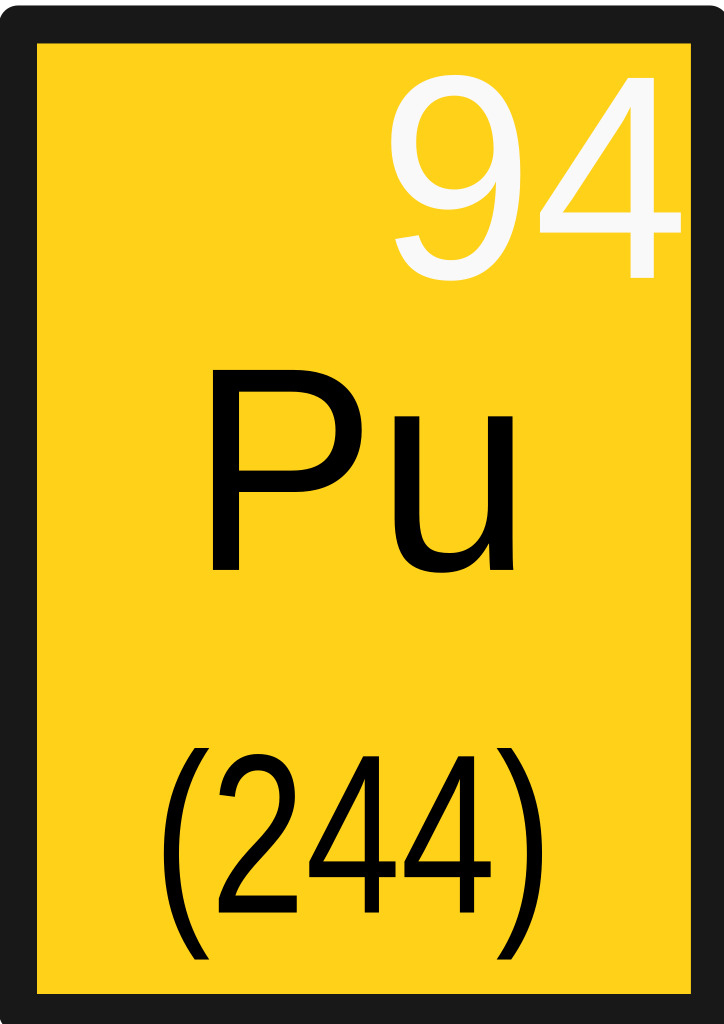| Isotope | Atomic mass (Da) | Isotopic abundance (amount fraction) |
|---|---|---|
| 130Ba | 129.906 32(2) | 0.0011(1) |
| 132Ba | 131.905 061(7) | 0.0010(1) |
| 134Ba | 133.904 508(2) | 0.0242(15) |
| 135Ba | 134.905 689(2) | 0.0659(10) |
| 136Ba | 135.904 576(2) | 0.0785(24) |
| 137Ba | 136.905 827(2) | 0.1123(23) |
| 138Ba | 137.905 247(2) | 0.7170(29) |
- Element Barium (Ba), Group 2, Atomic Number 56, s-block, Mass 137.327. Sources, facts, uses, scarcity (SRI), podcasts, alchemical symbols, videos and images.
- Electronegativity according to Pauling. 3.5 g.cm-3 at 20°C.
Atomic Mass of Barium Atomic mass of Barium is 137.327 u. Note that, each element may contain more isotopes, therefore this resulting atomic mass is calculated from naturally-occuring isotopes and their abundance. The unit of measure for mass is the atomic mass unit (amu).
In 1961, the Commission recommended a value of Ar(Ba) = 137.34 based both on the chemical data and on mass-spectrometricabundance measurements. In 1975, the Commission reviewed the above dataas well as new mass-spectrometric measurements. All of these measurements fell within a very narrow range, andrecommended Ar(Ba) = 137.33(1). This value was revised in 1985 to 137.327(7) as a result of newguidelines for evaluating the uncertainty of atomic weights.

© IUPAC 2003
CIAAW

Barium
Ar(Ba) = 137.327(7) since 1985
The name is derived from the Greek barys for 'heavy' because it was found in the mineral heavy spar(BaSO4). It was discovered by the Swedish pharmacist and chemist Carl Wilhelm Scheele in 1774 andfirst isolated by the British chemist and physicist Humphry Davy in 1808.
Molar mass of BaSO4 = 233.3896 g/mol
Convert grams Barium Sulfate to moles or moles Barium Sulfate to grams
Molecular weight calculation:
137.327 + 32.065 + 15.9994*4
| Symbol | # of Atoms | Barium | Ba | 137.327 | 1 | 58.840% | |
| Oxygen | O | 15.9994 | 4 | 27.421% | |||
| Sulfur | S | 32.065 | 1 | 13.739% |
Note that all formulas are case-sensitive.Did you mean to find the molecular weight of one of these similar formulas?
BaSO4
BAsO4
In chemistry, the formula weight is a quantity computed by multiplying the atomic weight (in atomic mass units) of each element in a chemical formula by the number of atoms of that element present in the formula, then adding all of these products together.
If the formula used in calculating molar mass is the molecular formula, the formula weight computed is the molecular weight. The percentage by weight of any atom or group of atoms in a compound can be computed by dividing the total weight of the atom (or group of atoms) in the formula by the formula weight and multiplying by 100.
Formula weights are especially useful in determining the relative weights of reagents and products in a chemical reaction. These relative weights computed from the chemical equation are sometimes called equation weights.
Using the chemical formula of the compound and the periodic table of elements, we can add up the atomic weights and calculate molecular weight of the substance.
Finding molar mass starts with units of grams per mole (g/mol). When calculating molecular weight of a chemical compound, it tells us how many grams are in one mole of that substance. The formula weight is simply the weight in atomic mass units of all the atoms in a given formula.
Atomic Mass Of Barium Hydroxide
The atomic weights used on this site come from NIST, the National Institute of Standards and Technology. We use the most common isotopes. This is how to calculate molar mass (average molecular weight), which is based on isotropically weighted averages. This is not the same as molecular mass, which is the mass of a single molecule of well-defined isotopes. For bulk stoichiometric calculations, we are usually determining molar mass, which may also be called standard atomic weight or average atomic mass.
Atomic Mass Of Barium Sulphate
A common request on this site is to convert grams to moles. To complete this calculation, you have to know what substance you are trying to convert. The reason is that the molar mass of the substance affects the conversion. This site explains how to find molar mass.
